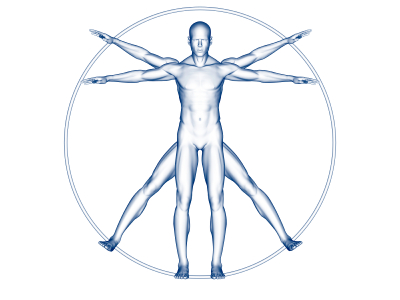Current Known Use of Imaging in Medical Aesthetics
/ Medical aesthetics continue to welcome technology in practices, allowing physicians and patients to connect further or envision outcomes prior to treatment, giving patients an opportunity a chance to see the possible outcome .
Medical aesthetics continue to welcome technology in practices, allowing physicians and patients to connect further or envision outcomes prior to treatment, giving patients an opportunity a chance to see the possible outcome .
Despite the rising number of using imaging in practices, studies on imaging technology are limited in the field of plastic and cosmetic surgery although that is expected to change. As such, there are no reported studies about the efficacy of usage of these technologies prior to treatment. Bummer. It would be interesting to know the future of technology in the aesthetics field, and its effectiveness in bringing expected outcomes. Still, you can imagine what is coming down the pipe in the fairly near future.
Virtual Reality (VR Headsets)
Virtual Reality was first introduced to the gaming scene. Its use has branched out for other fields, which include medicine. VR is usually used via a headgear, introducing one to the “virtual world”. In the field of medical aesthetics, its function might be to help a physician figure out where to inject the fillers or perform the incision. Another possible function is to give the patient an idea about how a certain surgery would work on them or how a celebrity’s eyes, nose, or lips, or even body would fit well with them. Its other function is to lessen the pain during surgery, which has been employed for other fields of medicine. The idea is to have the patient where the headset post-surgery where a simulation will play as the patient recovers.
Augmented Reality
Its most famous use is in Pokémon Go, the game that swept the whole world by catching Pokémon anywhere with the use of one’s smartphone. In the aesthetics field, Illusio is one company that provides Augmented Reality for plastic surgeons. The application acts as a mirror, where it flashes the patient’s body. A physician can adjust the settings via toggles on the app, helping them visualize how an augmentation or reduction would look. Pretty rudimentary right now but continually improving.
Google Glass
Google Glass was used for one study in the operating room. It had the ability to transmit images real time for other observers to see. The device has the potential to become an educational or training tool.
3D Scanning and Printing
In a recent interview by Dr. Yakup Avsar with the International Master Course in Aging Science (IMCAS), he mentions that he uses 3D Scanning and Printing in his practice to visualize his patient’s face when it has aged. He has long used this method, as he emphasizes the need for this in the medical aesthetic field. While this is not a novel idea, more cases have yet to be reported or publicized.
The idea of technology in the field of aesthetic is promising. It will give physicians an opportunity to recognize any areas of concerns, which could be prevented as the patient ages. Its use could help medical aesthetics move forward in adopting more technology as the rest advances.





